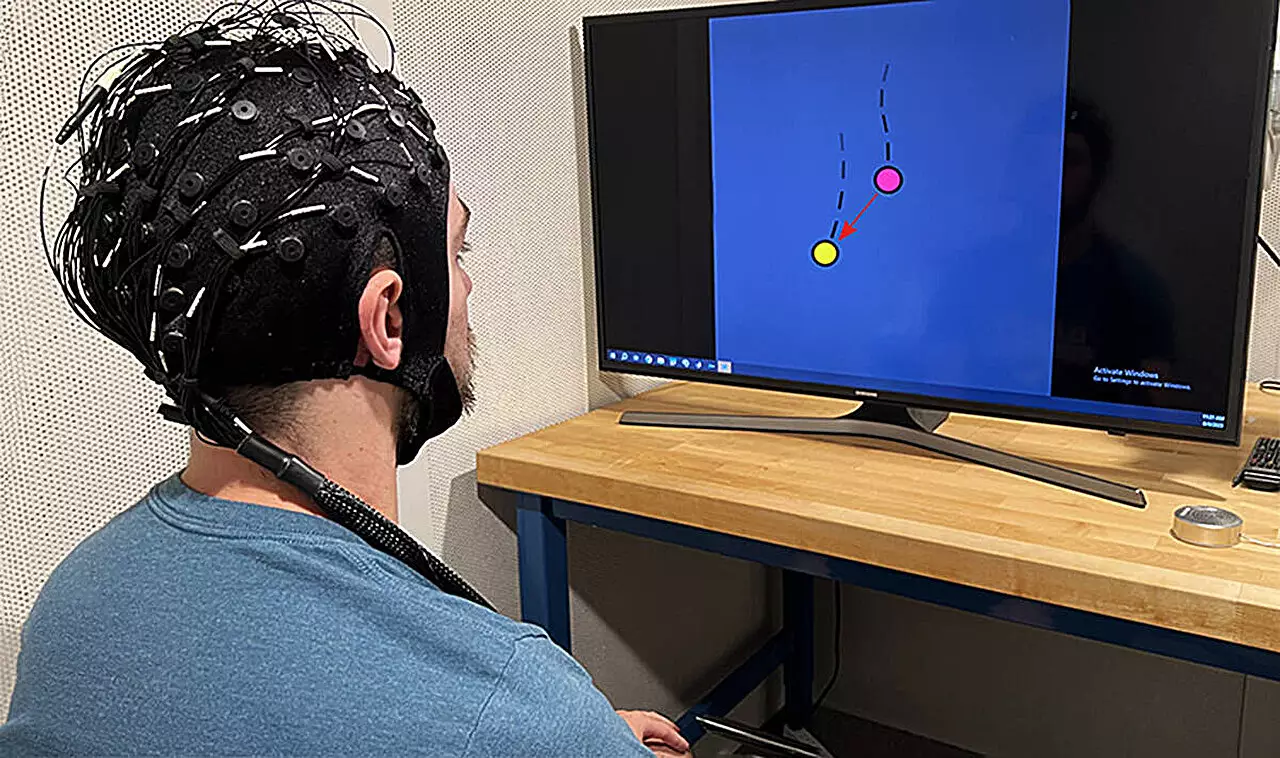Noninvasive brain-computer interfaces (BCIs) are proving to be a promising alternative to invasive BCIs, with Carnegie Mellon University’s He Lab at the forefront of pioneering research in this field. The use of noninvasive BCIs offers a multitude of advantages over invasive counterparts such as Neuralink or Synchron. These advantages include increased safety, cost-effectiveness, and the ability to be utilized by a larger population, making them a more accessible option for numerous patients and the general public.
Despite the advantages of noninvasive BCIs, they do have their challenges. One of the main difficulties lies in the accuracy of recordings and the interpretation of data obtained from these devices. This can pose a significant hurdle in achieving optimal performance and reliability in noninvasive BCIs. However, researchers are continuously working to overcome these challenges through innovative approaches and advanced technologies.
A recent study conducted by Bin He, a professor of biomedical engineering at Carnegie Mellon University, showcased the remarkable potential of noninvasive BCIs in controlling the movement of objects through sheer thought. In the study, 28 participants were tasked with tracking an object in a two-dimensional space using a complex BCI system that recorded their neural activity through electroencephalography (EEG) techniques. Through the implementation of artificial intelligence (AI) and deep learning algorithms, the researchers were able to decode and interpret the participants’ intentions to achieve continuous object movement control effectively.
The success of He and his team’s research signals a significant advancement in the field of noninvasive BCIs, paving the way for a wide range of future applications. The utilization of AI-powered BCIs opens up possibilities for controlling robotic devices seamlessly, with potential applications in assisting individuals with motor impairments. The researchers are currently exploring the integration of AI-powered noninvasive BCIs in controlling complex tasks performed by robotic arms, with a particular focus on aiding stroke patients and others with motor disabilities.
The development of AI-powered assistive robots driven by noninvasive BCIs has the potential to revolutionize the lives of individuals with motor impairments. This technology could offer a non-invasive alternative for patients who are not keen on receiving implants, providing them with a new level of independence and mobility. The continuous efforts in noninvasive neuroengineering solutions, as spearheaded by He and his team, aim to make this groundbreaking technology accessible to a broader audience, ultimately benefiting society as a whole.


Leave a Reply